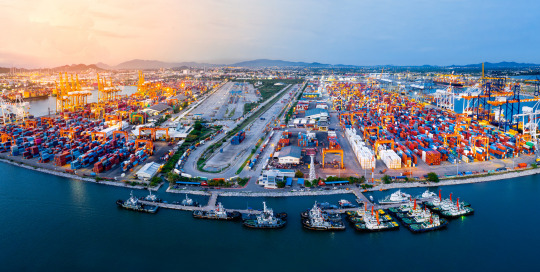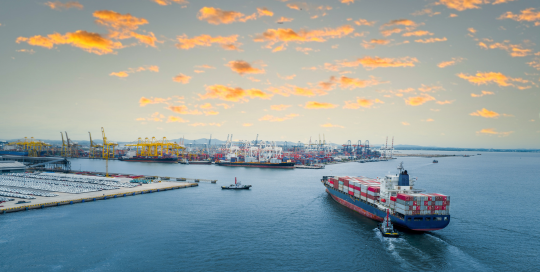Global trade continues to evolve rapidly as geopolitical tensions, tech-driven demand, and regulatory shifts shape the landscape for international shippers. This week, China’s move to tighten rare earth exports has raised new concerns about sourcing security, particularly for manufacturers tied to Asia. At the same time, an unexpected rise in global goods trade, driven by AI-related consumption and a spike in U.S. imports, signals shifting market momentum that could affect freight planning through year-end.
For fashion and retail brands, the latest industry data confirms that tariffs are not driving a significant shift toward domestic production, reinforcing the need for resilient and diversified supply chains. Meanwhile, a surprise adjustment by Chinese ocean carriers ahead of new U.S. port fees may create short-term volatility in schedules and capacity planning.
In the Suez region, recovery efforts tied to Middle East diplomacy are showing promise, with expected improvements in canal traffic that could ease East-West bottlenecks in 2025. Closer to home, proposed legislation targeting cross-border trucking reciprocity is worth watching, as it could disrupt North American freight flows for shippers leveraging nearshoring strategies.
Finally, Walmart’s strategic use of AI to unify its supply chain offers actionable insight into how leading importers are driving operational efficiency — a valuable reference point for shippers evaluating their own tech investments.
Sign up for newsletter alerts below and get emailed when the next newsletter is published!











